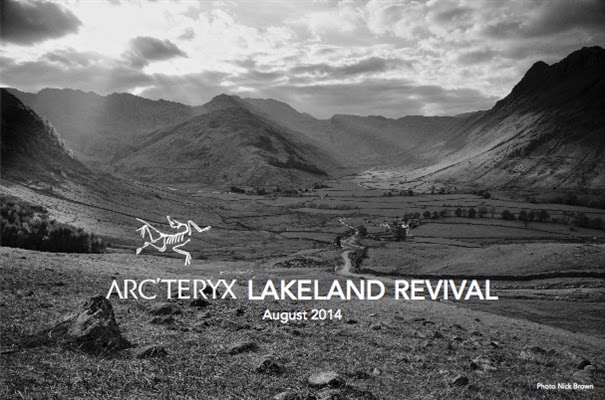After a busy week in Wales, it was straight back home, clothes through the wash and straight back out on the Monday morning. The high pressure was sticking around, luckily as we had a busy few days planned with Year 12 students from The Wensleydale School in Leyburn. We were staying in the K Fellfarers hut in Seathwaite, a cracking mountaineering club hut with great facilites and an even better library. I could have spent the whole three day trip trawling through the ageing climbing guides and books in the hut.
 |
| Classics - that is all. |
 |
| What I would give for these on my bookshelf |
We headed to Castle Rock of Triermain, Thirlmere. We climbed on the right side of the South Crag, with the students enjoying their first taste of Lake District rock. Initially they found it hard to read, but liked the roughness and it seemed a welcome change to the grit and limestone of the Yorkshire Dales. A few of the students were keen to sample some multi pitch as Jon took a few of them on their first multi pitch routes climbing Yew Tree Climb.
 |
| Busy climbings on the South side of Castle Rock |
 |
| Jon leading up Pitch 1 of Yew Tree Climb |
The second day started with drizzle and low cloud but the sun soon showed it was in charge and it was another blazing afternoon. We headed deep into the mountains, straight from the hut climbing up to Styhead Head tarn and following the corridor route onto Scafell Pike. The students lead us staff on a brilliant mountain walk, keeping the group together and navigating well through the boulders of Broad Crag.
 |
| Jon and Gemma heading round the top of Piers Gill |
 |
| Heading back down to Borrowdale |
Finally we headed to Shepherds, using the tree lined base of the crags to provide us with some welcome shade. We climbed the majority of the routes across Brown Slabs with some students climbing Brown Crags Crack as their first VS. I’m expecting great things from the students as they continue into Year 13 and the second year of their course.



















